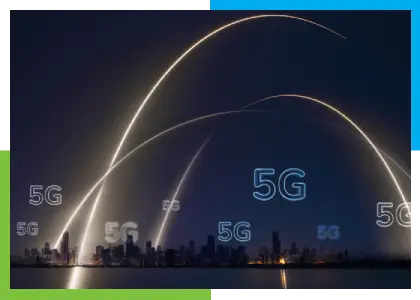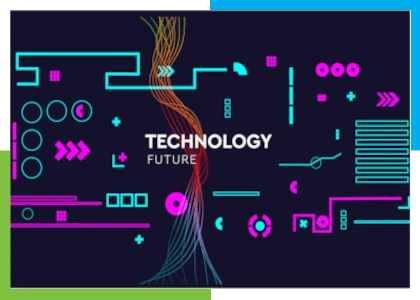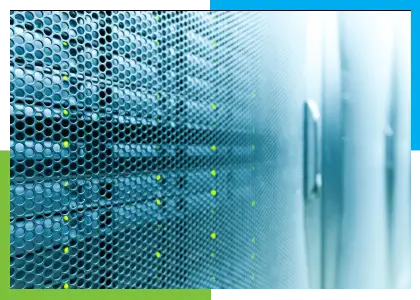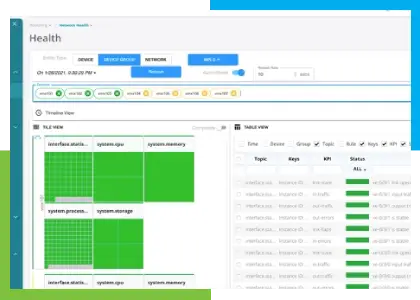YOUR IT Blog’s
PCS Blog’s
THE LATEST NEWS, PRODUCT & SOLUTION TALKS

Committed to finding solutions for your unique needs and challenges.

Optimizing Business Networks: Choosing Between Private 5G and Wi-Fi for Digital Transformation
By PCS | 28 December 2023
Introduction
In the rapidly evolving landscape of enterprise connectivity, the delineation between Private 5G and Wi-Fi technology plays a pivotal role in shaping the digital transformation journey of businesses. This post delves into a comparative analysis of these technologies, tackles the challenges in choosing the right fit for specific business needs, and explores how Juniper Networks’ solutions can guide effective implementation.
Comparison of Private 5G and Wi-Fi for Business Applications Private 5G stands out for its high speed, low latency, and enhanced security, making it ideal for applications demanding real-time data processing and large-scale device connectivity. It’s particularly suitable for industries like manufacturing, where real-time machine communication is crucial.
Wi-Fi technology, on the other hand, is more than just a connectivity staple. Its latest iterations (like Wi-Fi 6) offer increased speeds and greater density handling, catering well to environments like offices and retail spaces where high-speed internet access for multiple users is key.
Challenges: Deciding Between 5G and Wi-Fi
Selecting the right technology hinges on understanding specific business needs. For example, businesses requiring extensive coverage and capacity, especially in outdoor or expansive indoor environments, may lean towards Private 5G. Conversely, Wi-Fi might be more appropriate for smaller-scale, indoor applications due to its lower deployment costs and widespread compatibility with consumer devices.
PCS Solutions: Choosing and Implementing the Right Technology with Juniper Networks
Juniper Networks offers an array of solutions to aid businesses in this decision-making process:
- G Networking & Automation Solutions: This encompasses various components such as radio access, transport, and core networks, and leverages automation for orchestration, security, and service assurance. Juniper’s approach to 5G involves integrating these components end-to-end, emphasizing the necessity of an ecosystem for building a 5G network. This solution set includes Open RAN, Cloud Metro, Automated services, Client to Cloud security, and Telco and Edge cloud solutions.
- Open RAN: Open RAN by Juniper is an intelligent, interoperable, and programmable mobile network architecture. It provides service providers with the freedom to choose from a broad solutions ecosystem, facilitating rapid innovation for high-value services.
- Cloud Metro: Juniper’s Cloud Metro architecture delivers user experiences across distributed cloud services. It includes network slicing, service-aware technologies, and cloud-scale capabilities, aimed at exceeding user expectations for every service.
- Automated, Assured Services: This includes Juniper Automation which provides the service assurance needed to gain a competitive advantage in the market.
- Security from Client to Cloud: This solution uses the entire network infrastructure to safeguard users, applications, and infrastructure against various threats.
- Telco and Edge Cloud: This cloud-first solution by Juniper offers an open, cloud-native architecture that enables workload portability and scalability across hybrid and multicloud ecosystems.
- Latency-based Routing: This solution is designed for automating latency-guaranteed service delivery. It offers real-time visibility and control across the end-to-end service chain, which is crucial for latency-sensitive applications like gaming, trading, and AR/VR.
- Partnership with Cradlepoint: Juniper Networks has partnered with Cradlepoint to extend its infrastructure with 5G routers and adapters. This integration brings 5G diversity to Juniper Mist for full network visibility and AI-driven operations.
Case Study: A University’s Digital Leap
Consider the example of a university that implemented a tailored connectivity solution to meet its diverse needs. By adopting Private 5G, the university enhanced its research capabilities, especially in areas requiring high-speed data transfer and low latency, like virtual reality and IoT-based experiments. Simultaneously, Wi-Fi technology was optimized in lecture halls and libraries to provide high-density, high-speed internet access for students and faculty. Juniper Networks’ solutions, particularly in areas like security and automated services, played a crucial role in this seamless integration.
Conclusion
The choice between Private 5G and Wi-Fi is not just about picking a technology; it’s about aligning with business objectives and future-proofing the enterprise. With the guidance of Juniper Networks’ solutions, businesses can navigate this choice effectively, ensuring a robust, secure, and adaptive network infrastructure.






